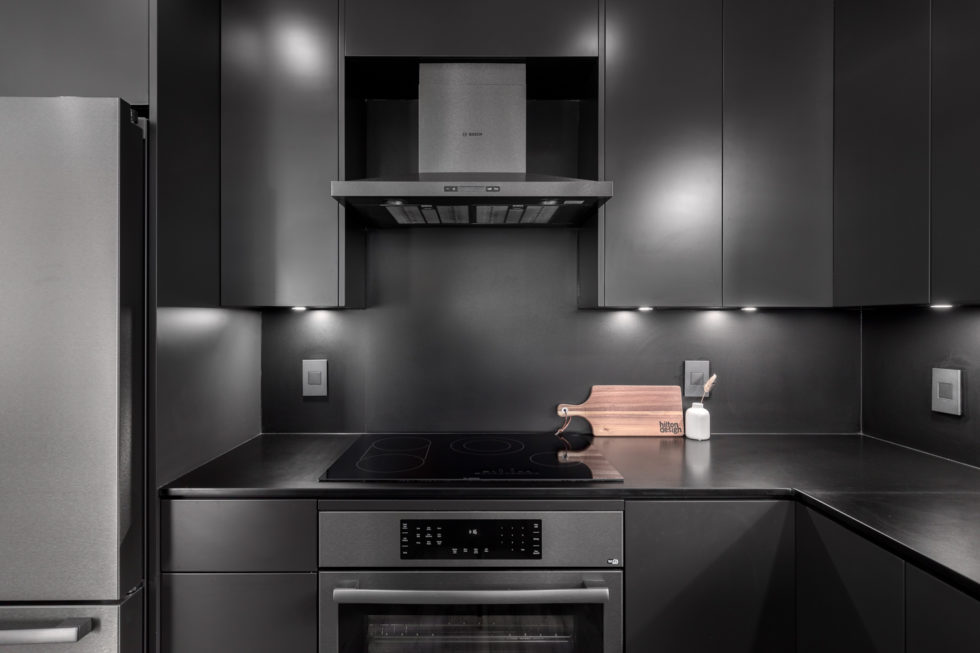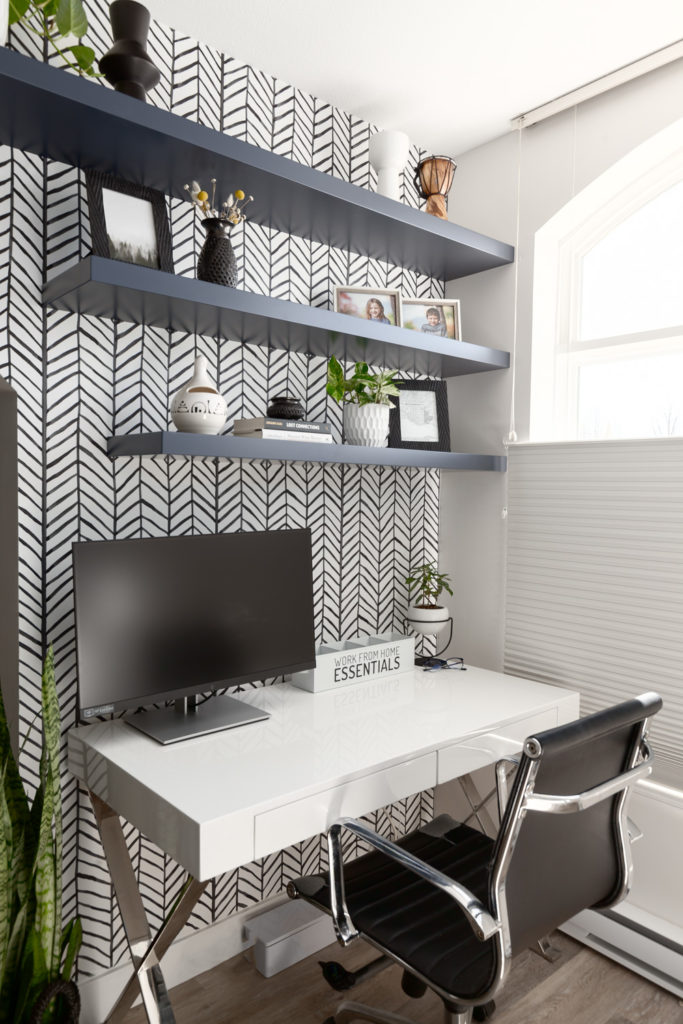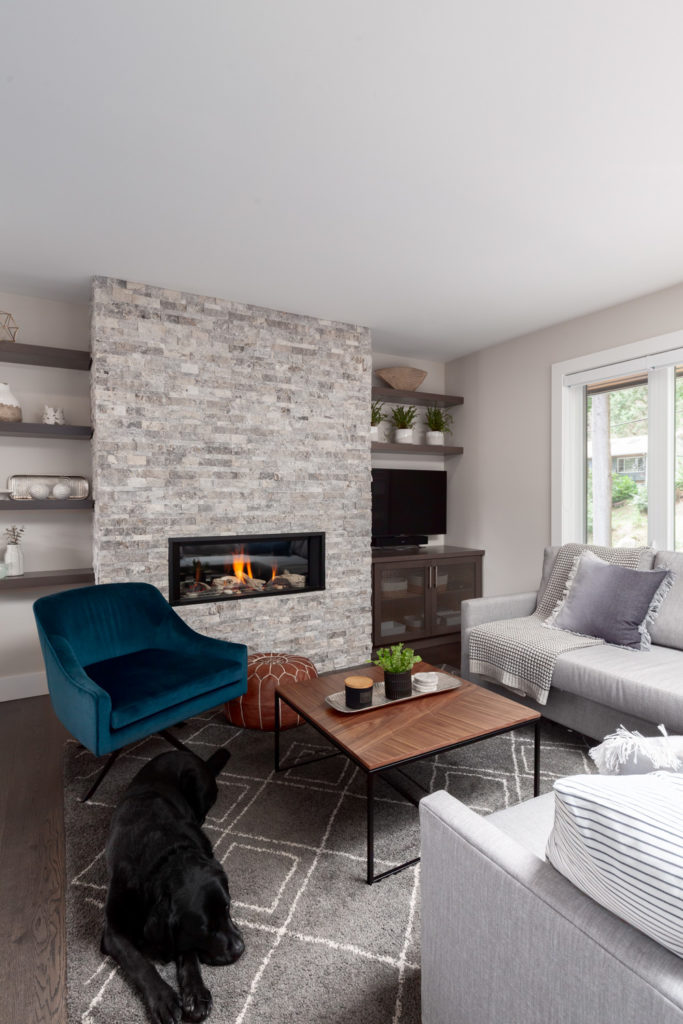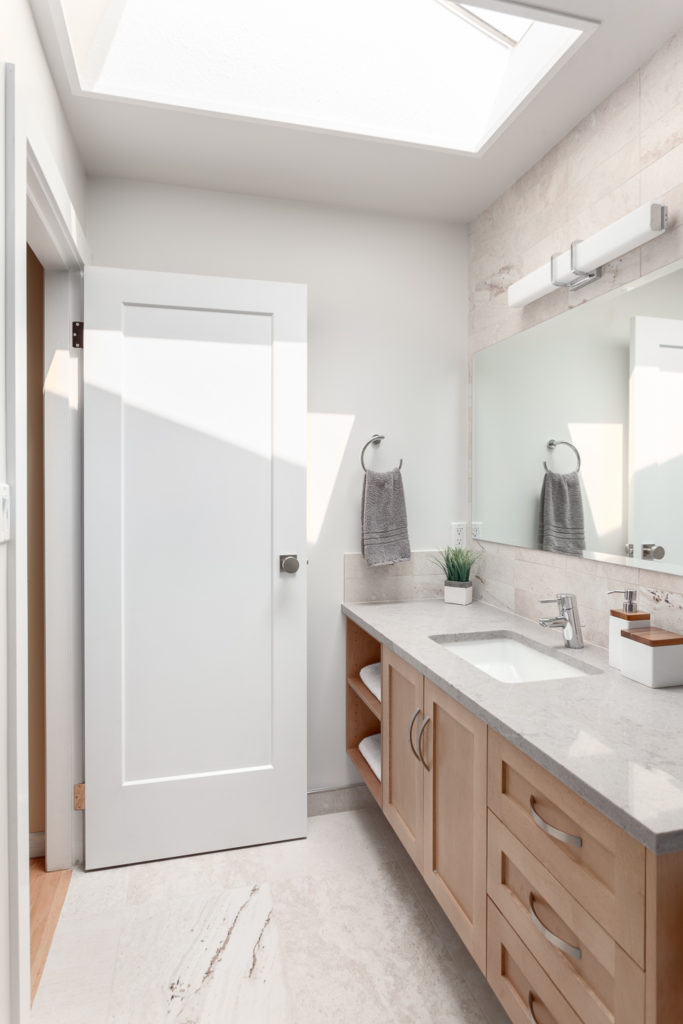This is a great question, and one that we hear daily. The answer to that question: not that simple, but let us explain. As an interior designer and contractor, we are professionals and are well equipped to provide our expertise and general "ballpark" costs for all aspects of a project, but we are not mind readers and these are guidelines only based on previous projects and industry knowledge. Until you have gone through the full design process, the budget is a constant moving target.
There are SO many variables that go into a renovation and a construction budget, and they range drastically in cost. A faucet can range from $300-$3,000 (and up believe it or not!), custom kitchen cabinetry $15,000-$150,000 (or more depending on materials - wood vs. MDF, stain, paint or vinyl wrapped, interior fittings, drawers vs. doors, customization, square footage), even electrical outlets factor into costs ie. standard white Decora outlets LeGrande pop-out outlets. These are just a few examples of how a complete design determines your renovation cost.

I love analogies. I use this one when it comes to construction and when asked what a "typical" renovation will cost:
Let's say you are car shopping, but you don't know what make or model you want (Honda or Mercedes), or what options you like (A/C/ GPS, heated seats, remote start), interest rates or financing options haven't been discussed, but you want to know what a car is going to cost. It's impossible! A renovation is no different. You must go through the design process to define all of the materials, fixtures, equipment, furniture, and trades people required for your specific project.
First of all, there is no such thing as a typical renovation. Secondly and most importantly, it's important to understand all of the pieces that make up a renovation.
"What factors will determine my budget?"
"How are renovations budgeted and priced? "
Another great question. There are a few common types of construction budgets and contracts we will dive into next. Reno's are always full of surprises that cannot be predicted. Once we get into demo, we may discover you have outdated electrical that needs to be upgraded to current code, that there are structural deficiencies behind your drywall which needs to be addressed, or your plumbing is Polybutylene (commonly known as Poly-B) and needs to be upgraded to PVC or PEX.
COST PLUS CONTRACT

Cost plus is the most common type of budget and contract in residential construction. Simply put, it is the cost to your contractor for materials, fixtures, and sub-trades plus a percentage (management fee) to mange the project, which is typically between 15-40%. Contractor or PM time on site is also billed on an hourly basis. Usually, a design is required so that all of the materials and trades can be accurately priced by suppliers and required trades, and accounted for in the budget. It is ideal to have a complete design package so that nothing is overlooked in your budget and you are provided with a detailed cost breakdown of your renovation. This also provides the opportunity to scale back on certain design elements if it exceeds your budget, or revisit your budget to allow for the proposed design. A good interior designer will help you create a working budget, or if a budget has already been established by your builder, we request the budget from them so that we can design accordingly and within your anticipated budget.
ALLOWANCE BASED BUDGET
An allowance based budget is typically used when there has been no design and no pricing, so you are given allowances for each area of your project from fixtures & finishes, to framing and painting.
Whether you stay within those allowances, or exceed them, is ultimately up to you, similar to a cost plus contract. You use your budget the way you would like to, and the costs are billed to you.
For example, you are given a $15,000 flooring allowance, which would give you a nice luxury vinyl plank, but you decide you MUST have white oak engineered hardwood floors that come in at $25,000, your budget would have an overage of $10,000, but you might offset that by changing your plumbing and lighting fixtures to chrome instead of matte black which is a more costly finish, thus reducing your overall budget.

FIXED FEE

A fixed fee contract appeals to many homeowners because they feel comfortable owing they are getting "X" for "X" amount of dollars. There are a few things to consider before signing a fixed fee contract.
2. A "buffer" is always added when working on a fixed fee to cover the contractor for any unexpected or missed items on the scope of work. But, if their cost comes in lower than your quoted amount, they will still charge you the fixed amount, so it may end up costing you more than a cost plus agreement. On the flip side, if you were given a price of $7500 for painting, but the painter that quoted the job is no longer available and a different more expensive painter has to be used and costs more, the contractor will have to eat that cost. Typically, 10-25% will be added to the anticipated costs, regardless of the actual cost. This is to ensure the contractor does not lose money
The bottom-line is, whatever type of construction contract you get into, make sure you know the differences and find room in your budget to hire a designer. We don't say this because we are designers, we are also project managers and wear both hats here, and know the importance of good design and preparing a proper budget. Hiring an Interior Designer may seem like an extravagant expense, however it is not. Interior designers save you valuable time, money and costly delays.